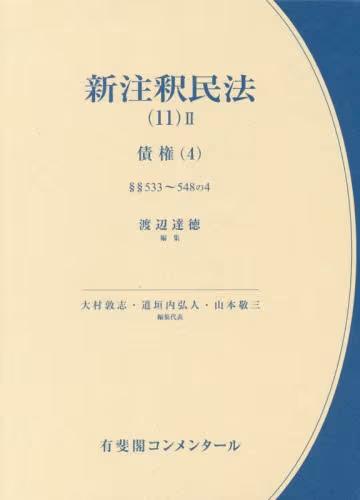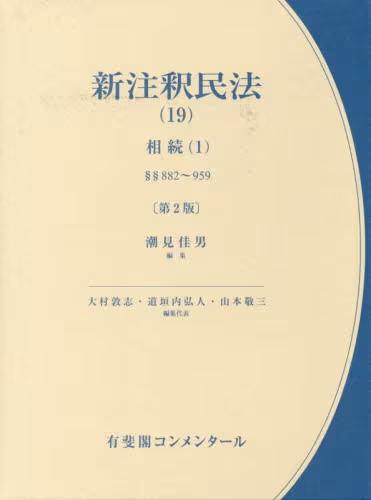
Food Safety in China - Science, Technology, Management and Regulation
中国食品安全:科学,技术,管理与法规
食品科学技术基础学科售 价:
¥
2069.00
发货周期:预计3-5周发货
出 版 社
出版时间
2017年03月16日
装 帧
精装
页 码
696
开 本
168.3x244.5mm
语 种
英文
综合评分
5 分
- 图书详情
- 目次
- 买家须知
- 书评(0)
- 权威书评(1)
图书简介
Food safety is regulated at regional, national and supranational levels, but the food and ingredient market is increasingly global, whilst pathogenic microorganisms know no borders. Chinas rise as an economic force and manufacturing powerhouse continues but its food safety laws and standards have lagged behind many other parts of the world. The 2008 melamine adulteration scandal (amongst other events) forced China to overhaul its food safety laws and regulations. China only published its first explicit food safety legislation in 2009, and this is already being revised in 2015. This trend of rapid progress is not likely to slow in the near future and it brings about the development and implementation of analytical methods for inspection services, government and industry communications to consumers etc. Food Safety in China covers the past, current, and future perspectives of the food safety issues in China and to some extent the rest of the world. Food safety is a complex matter involving not only scientific, political, and economic issues but also social, cultural and international dimensions. The book starts with four introductory chapters that cover the shared responsibility of food safety; the current status of food safety in China; educational and training courses for food safety in China; and the development of the food industry in China. Section two contains six chapters on food microbiology, section three features five chapters on food chemistry and section four addresses risk assessment. These chapters outline the scientific aspects of food safety. Section five has six chapters on food laws and regulations and, since food safety laws are relatively new in China, this section has a heavy international flavor. Section six focuses on six major commodity groups: meat, dairy, fruit & vegetables, fats & oils, cereals and seafood. Section seven features four chapters that discuss the use of new technologies in food safety. All chapters are written by subject matter experts who also have appropriate knowledge and experience of China. The 34 chapters are written by nearly 80 authors: the majority from China but also from the USA, UK, and Australia. It is not only a comprehensive book that covers the complex food safety field, but is unique in that all chapter authors are asked to address the future needs of this field in China, and this can serve as a model for the rest of the world. The book is designed to be an important reference on food safety for academics, industry scientists and managers, and government personnel. It will be essential for who all those have an interest in food safety with regard to China (for example importers and exporters to and from China), as well as food safety scientists and managers in general.
本书暂无推荐















